"Back in the 1980s, car manufacturers were busy thinking of the next big thing in the sports car world, and some clever German folk had an idea. Why don’t we connect all of the wheels to the engine? Why "

Piper GT, GTT and P2 – British sports cars with a loyal following
How many of the original 80 Piper road cars still remain? We find some people who'll know...
There was a time when inventiveness and creativity weren’t subjugated by the weight of well-meaning legislation, a time when diversity in automotive design prospered, a time when the minnows of the British motor industry produced cars like the Piper GT, GTT and P2.
The Piper story began in the mid-1960s at Campbell’s Garage in Hayes, Kent, where a talented team led by erstwhile racing driver George Henrotte created the Piper Sports Racer, a shapely, open-topped sports prototype with a GRP body over a space-frame chassis. Offered with a choice of powerplants, the first examples left the Hayes premises in 1966.

The team’s thoughts then turned to building a fixed-head car which could be fitted out for either track or road use. The resultant Piper GT, whose flowing, avant-garde lines (penned, like the Sports Racer, by Tony Hilder) pointed to a future that never quite came to pass, was launched at the 1967 Racing Car Show. Although it wasn’t an instant success – early problems with build quality brought a temporary halt to production – the GT clearly had potential. One man who thought so was Brian Sherwood, a racing driver who’d purchased one of the early Piper Sports Racers.
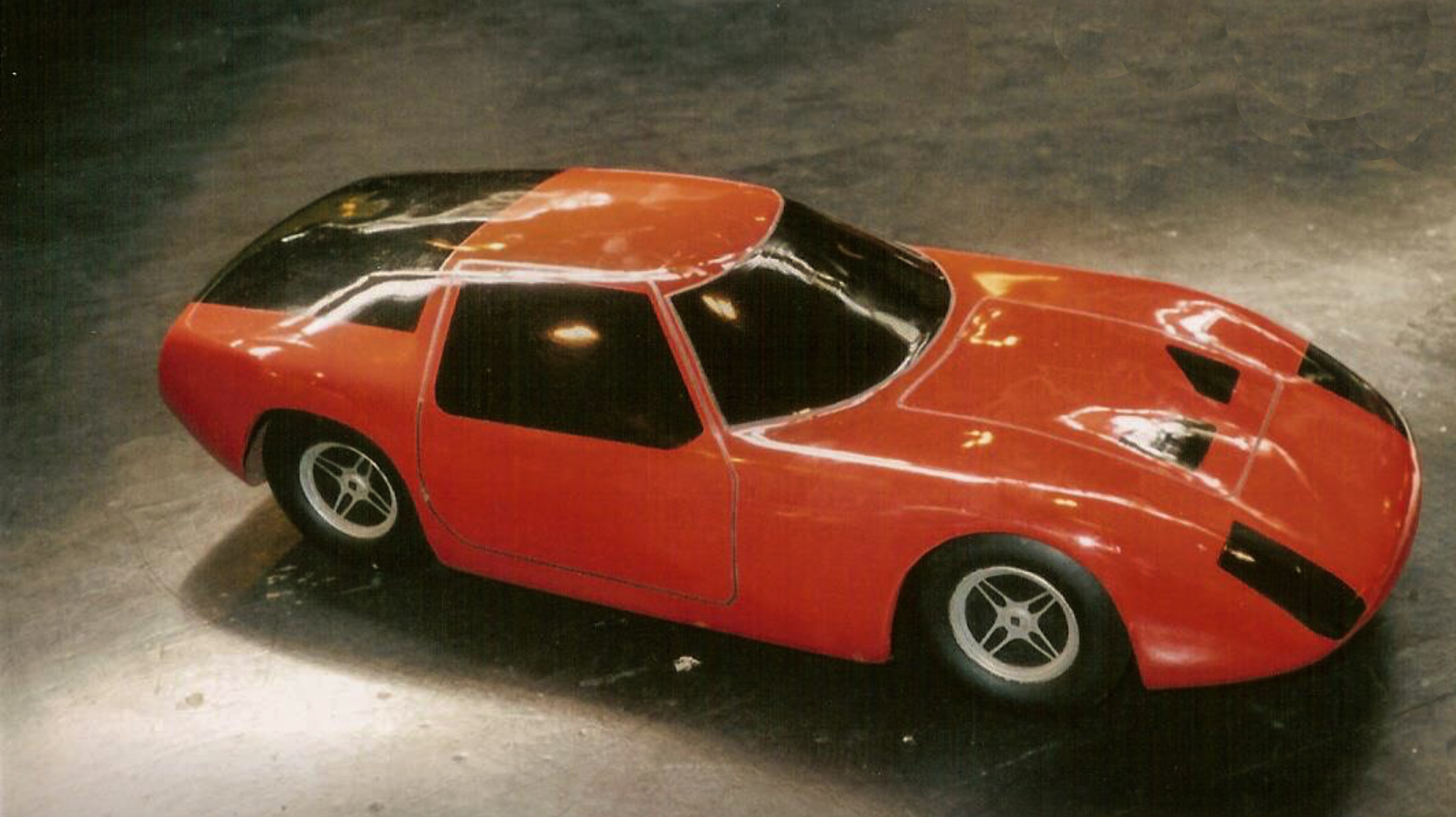
Under Sherwood’s influence, the GT evolved into the GTT. Intended primarily as a road car, the GTT featured Ford running gear (the GT had been offered with a choice of powerplants) and was available in both fully-finished and component versions. In spite of this change of emphasis, the GTT’s racing origins were clear for all to see in the form of its non-adjustable seats (purchasers had to visit the factory to have the driving seat set up for them) and non-opening windows – ventilation being by means of a tilting sunroof.
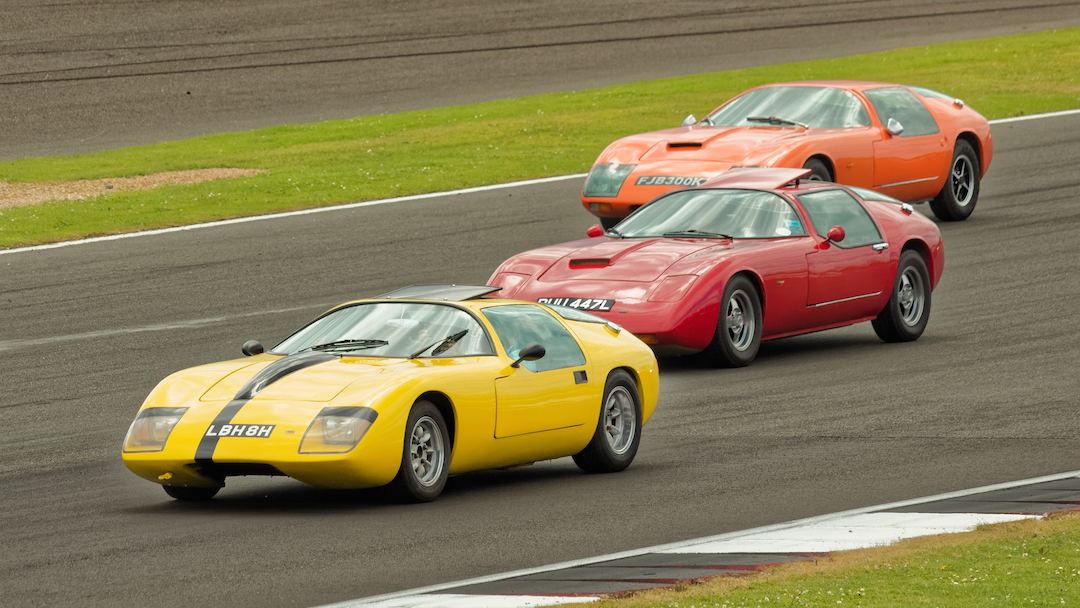
As orders started to come in for the new car, space at the Hayes premises, which also had to accommodate the increasingly successful tuning arm of the business, was at a premium. The solution was to split the company: Henrotte and engine wizard Bob Gayler would continue to run the engine tuning business (which would evolve into Piper Cams) from the Hayes premises while Sherwood would take over the vehicle manufacturing arm and move production to larger premises in Wokingham.
With production of the GTT under way, Sherwood eyed the possibility of entering a car at Le Mans. Work therefore commenced on a new Piper racing car with the aim of having it ready to compete in the 1969 Le Mans 24 Hours. The resulting Piper GTR was another striking Tony Hilder design, a closed-cockpit sports prototype standing a mere 30 inches high. Only one example, powered by a Ford 1300cc twin-cam, was ready in time for Le Mans, however, and engine troubles resulted in its entry being withdrawn by the race organisers. Tragically, Sherwood would never get another chance to see one of his cars run at the Sarthe, for he died in a road accident in December, 1969.
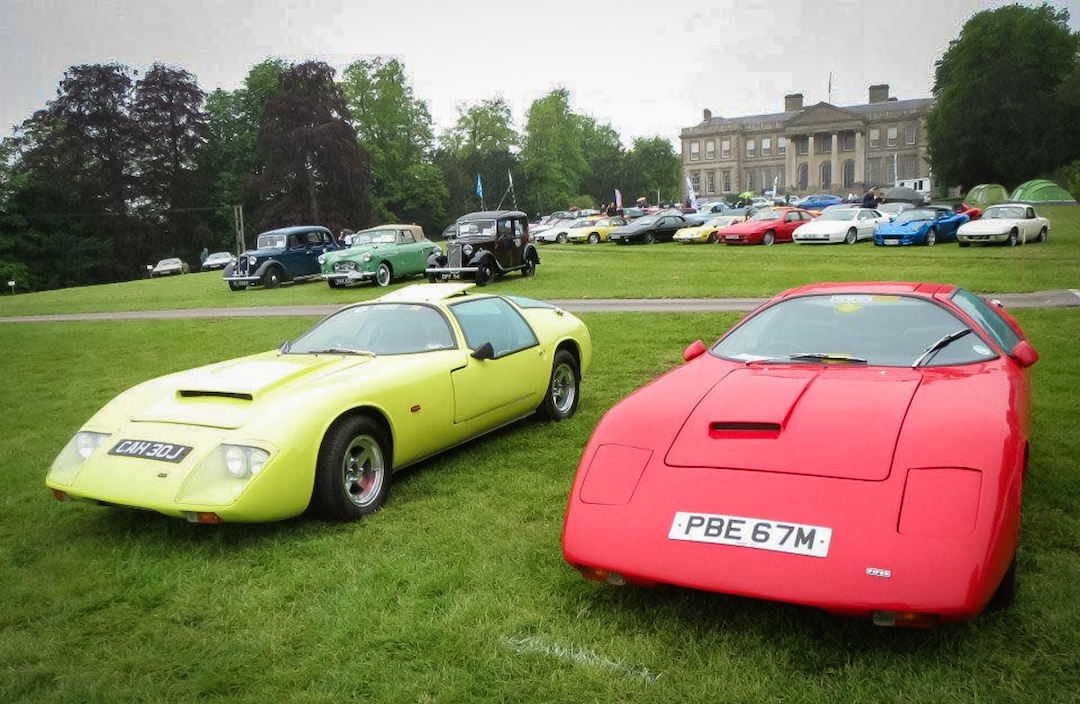
Shattered as they were by the death of their friend and colleague, Piper’s works manager, Bill Atkinson, and company secretary, Tony Waller, formed a new company, Emmbrook Engineering, and continued to manufacture road going Pipers at the Wokingham premises until 1973, when assembly was shifted to Lincolnshire. Production of racing cars ceased after Sherwood’s death, however, and the GTR project was quietly dropped.

Under the stewardship of Atkinson (whose personal journey with Piper had commenced with a trip to Campbell’s Garage to have some tuning work undertaken on his Rover 2000) and Waller, a revised version of the GTT was introduced in 1971. Although this car, the Piper P2, was superficially identical to the GTT, it was seven inches longer, one inch higher and offered a number of detail improvements, not the least of which was the introduction of some degree of driver customisation by means of adjustable pedals. Other modifications included the replacement of the asymmetrically-positioned ‘power bulge’ by a scoop, the replacement of the Hillman Imp rear lights by Triumph Dolomite items, and the addition of a fuel gauge. The headlights were different, too, with the GTT’s single faired-in headlamps being replaced by either twin faired-in lights or pop-up units.

Like the GTT, the P2 was offered in both ready-to-run and component form. There was a good reason for this: UK Purchase Tax did not apply to cars supplied for customer completion, thereby enabling low-volume manufacturers to offer such cars at competitive prices. However, Britain’s entry to the EEC and the consequent replacement of Purchase Tax by Value Added Tax on 1st April, 1973 removed this loophole and at a stroke wiped out the price advantage hitherto enjoyed by cars supplied in component form.
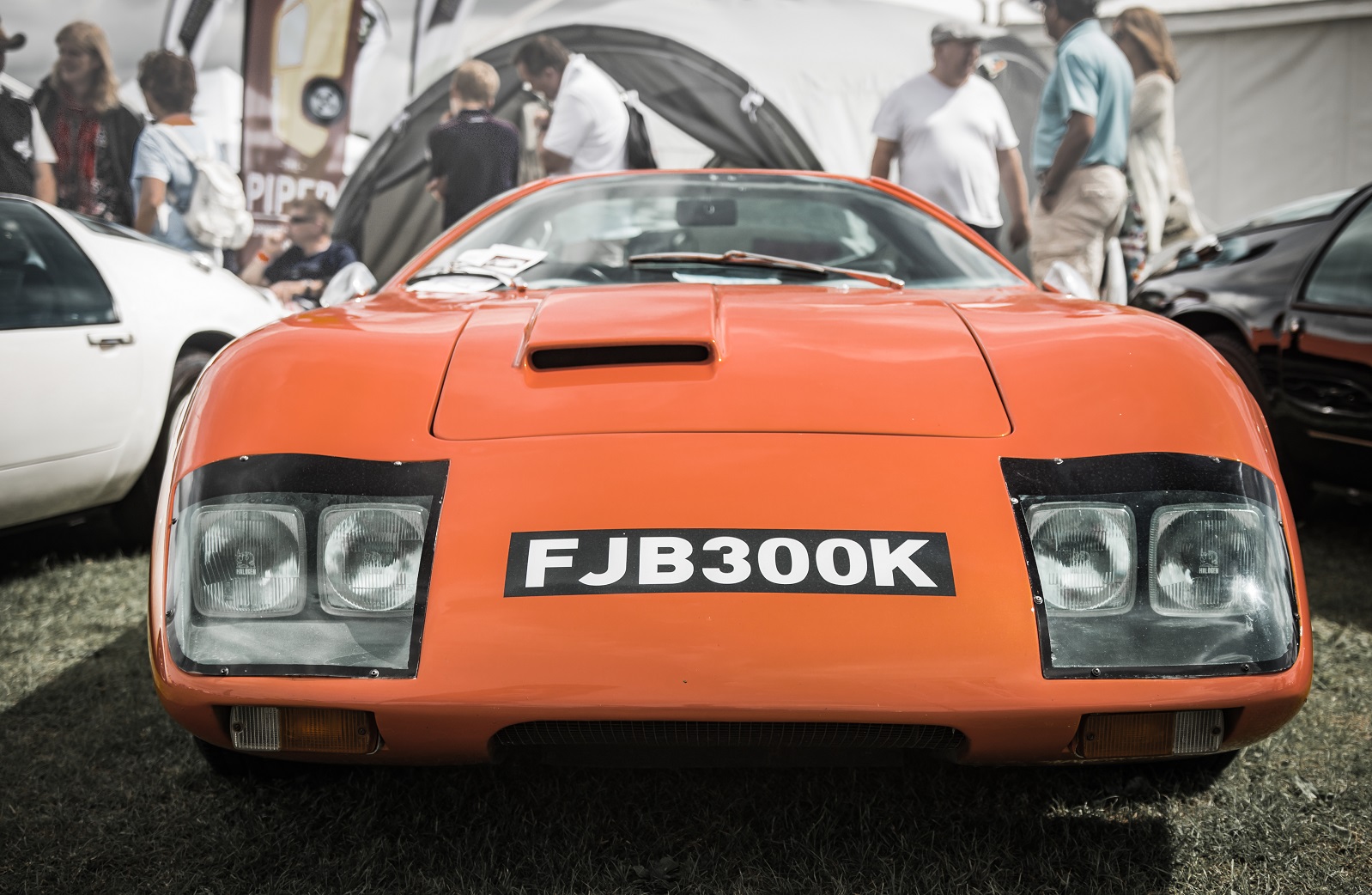
And that wasn’t the only bad news that 1973 had to offer: the Motor Vehicles (Type Approval) Regulations, another by-product of EEC membership, were introduced that August in a one-size-fits-all format, with no dispensation or concessions offered to low-volume manufacturers. And to cap it all, a worldwide energy crisis followed in the tank tracks of October’s Yom Kippur War and caused purchasers to turn away from sports cars for a time.
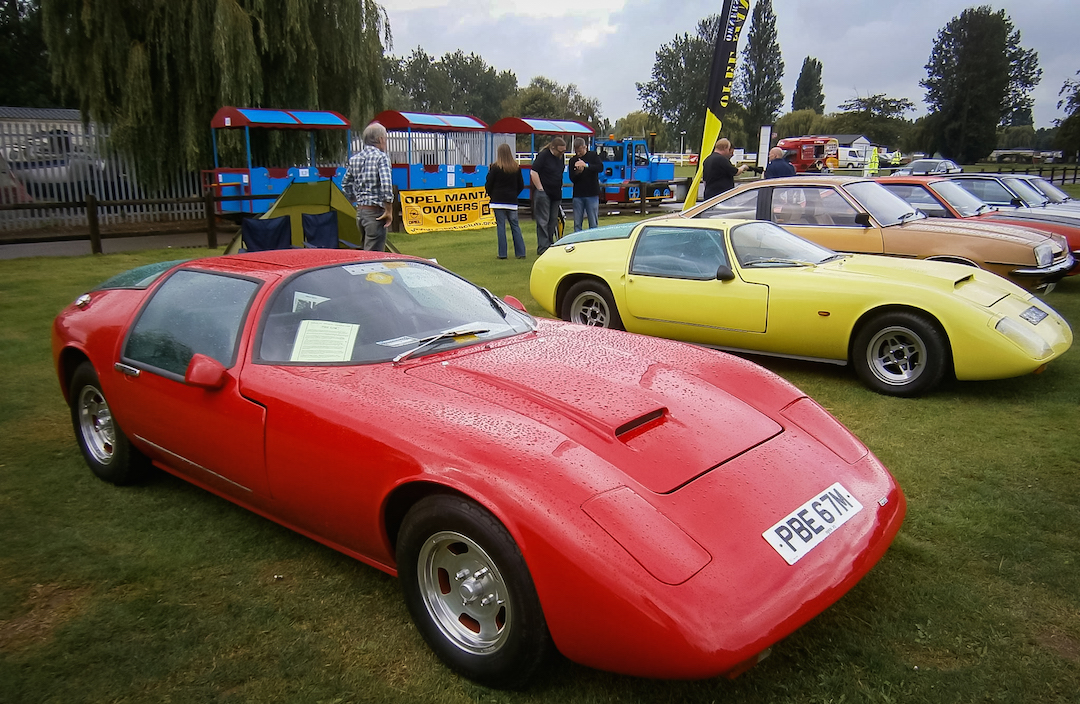
Against this backdrop, Atkinson and Waller abandoned their hopes of launching a new, larger Piper sports car and reluctantly withdrew from the motor industry. They continued to work together, though, putting their expertise with GRP to good use as manufacturers of baths and shower trays.
Making bathroom fittings must have felt far removed from manufacturing sports cars, but fate would decree that Bill Atkinson’s involvement with Piper cars would eventually come full circle. In 1989 he was offered the chance to purchase his old P2, a car that he’d sold back in 1973 in order to furnish his new home in Lincolnshire. It was in a sorry condition – little more than a tatty rolling chassis accompanied by several boxes of bits – but Bill felt compelled to buy it and someday return it to the road. It took many years for that to come to fruition, but anyone who has seen it in its finished state will undoubtedly conclude that it was worth the wait.

Today, Bill’s P2 is one of 57 Piper road cars (out of a total production of around 80) known to survive, with examples being found as far afield as the USA and Japan. And thanks to the Piper Sports and Racing Car Club, the marque continues to enjoy a strong and eye-catching presence at classic car shows throughout Britain. Although small – membership, open to anyone interested in Piper cars, currently stands at 28 – the club is able to supply all parts needed for restoration and will soon possess its own chassis jig. Indeed, you’ll have to look long and hard to find a more dedicated and passionate bunch of enthusiasts – ownership periods are typically measured in decades rather than years.
And with such a rare and beautiful car to enjoy, who can blame them?
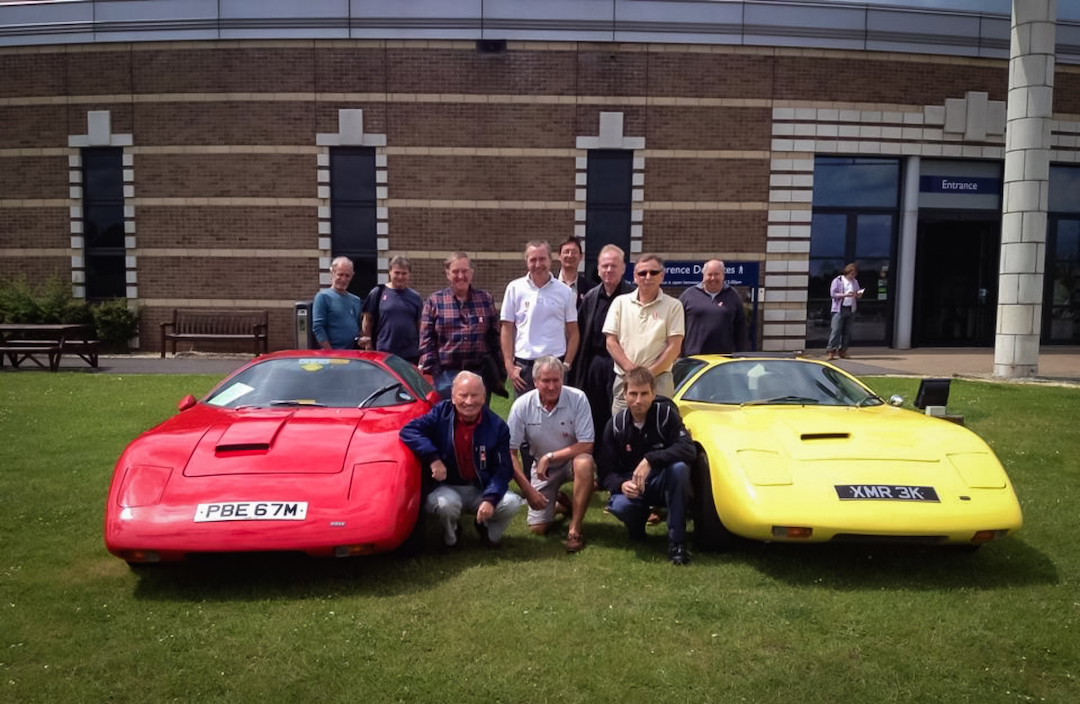
Photos John Malley of the Piper Sports and Racing Car Club and David Milloy.
We wish to express our thanks to the Piper Sports and Racing Car Club for their assistance with this article. www.thepiperclub.org.uk
CLICK TO ENLARGE










